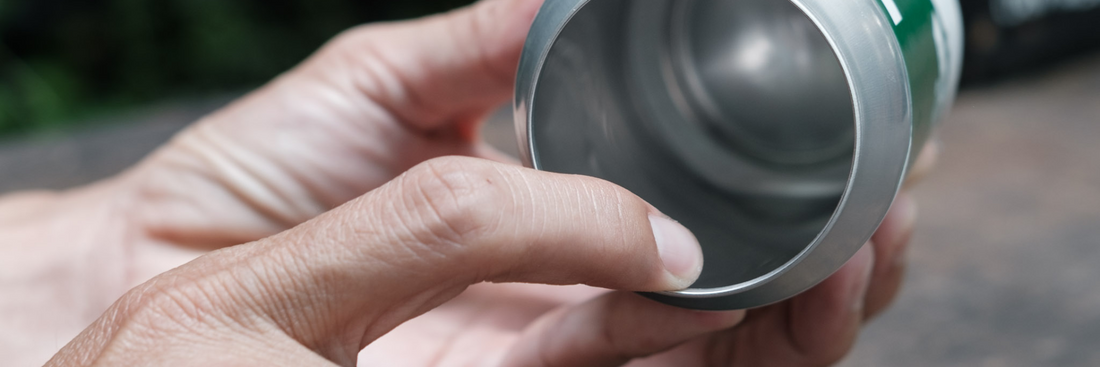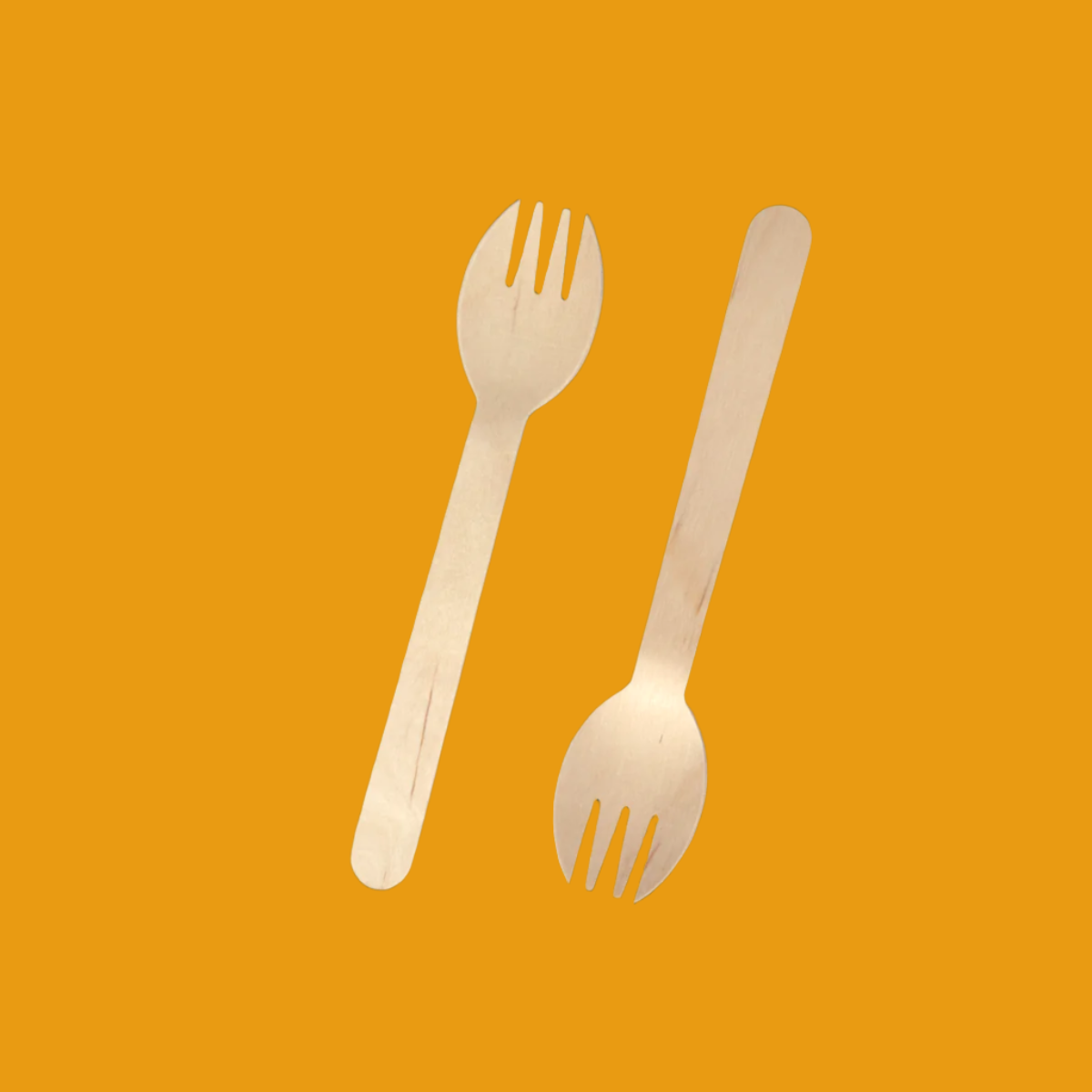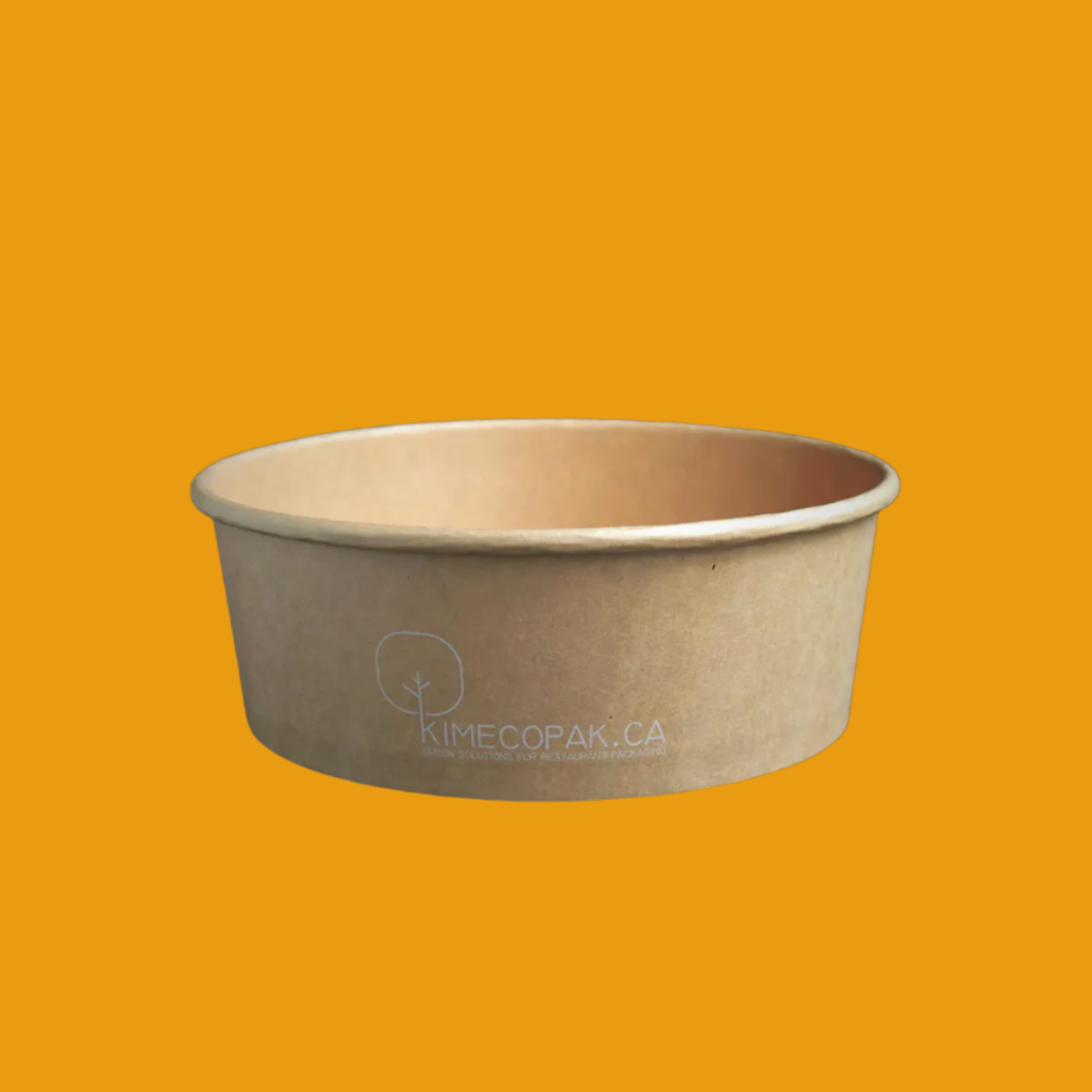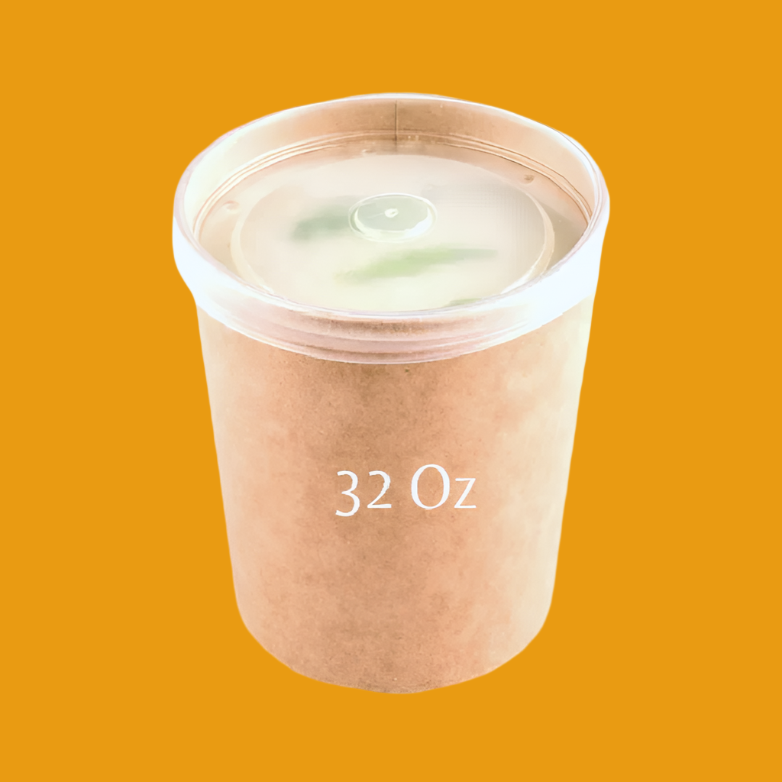How to Cut Off the Top of a Can? Cutting off the top of a can can prove to be quite useful in numerous contexts such as DIY projects, upcycling initiatives, survival situations, homebrewing, and even science experiments. In today’s eco-conscious world, the importance of sustainability and resourcefulness is paramount. By repurposing cans, we not only minimize waste but can also create something functional and attractive.
However, safety is crucial. Utilizing the correct tools and techniques ensures that you avoid unnecessary injuries while achieving a clean and efficient cut.
Are Cans and Bottles the Same? Understanding Their Differences and Impacts
Choosing the Right Beer Can Size: A Brewer’s Essential Guide
Choosing the Right Tools for the Job

Safe and Easy Options
- Can Opener (Best for a Clean Cut): The traditional can opener is the go-to for food cans. It provides a smooth opening without leaving sharp edges.
- Side-Cutting Can Opener (Smooth Edge): This specialized opener cuts along the side of the can, allowing for a safe edge, making it ideal for projects that require handling of the can after cutting.
Advanced Cutting Methods
- Rotary Tool (Dremel) with a Cutting Wheel: Ideal for precise cuts, this tool works well for DIY projects needing accuracy. Make sure to use it with care.
- Tin Snips or Heavy-Duty Scissors: These tools are effective, particularly on soft metal containers. They provide good control for intricate work.
- Utility Knife (For Thin Aluminum Cans Like Soda Cans): While this method can work well, it requires additional caution as the blade can slip easily.
Step-by-Step Guide for Cutting the Top Off a Can

Preparation
- Gather tools and safety gear: Before you start, ensure you have your chosen cutting tool, as well as safety gloves and goggles.
- Choose a stable work surface: A steady platform will help maintain control while cutting.
- Clean and dry the can: This step avoids any contamination, especially if you're working with food cans.
Cutting Process Based on Tool Choice
- Using a Can Opener: This is the quickest and safest method. Simply secure the can, place the opener on the edge, and rotate to cut smoothly around the top.
- Using a Rotary Tool: Mark a line where you intend to cut. Slowly guide the tool, keeping your hands steady as it cuts through the metal.
- Using Tin Snips or Scissors: Puncture the top of the can first to create an entry point, then carefully cut around the edge.
- Using a Utility Knife: Score the top edge of the can repeatedly to weaken it. Once sufficiently scored, gently bend the top to break it off.
Smoothing the Edges
After cutting, the edges may be sharp. Use sandpaper or a metal file to smooth any jagged points. For added safety, consider applying tape or rubber edging around the cut area.
Safety Precautions and Best Practices
- Always wear protective gloves and goggles to safeguard against sharp edges.
- Ensure your work area is well-ventilated if you're using power tools to avoid inhaling metal particles.
- Dispose of sharp metal scraps properly to prevent accidental injuries.
- Avoid cutting pressurized or sealed cans, as they can pose risks of bursting or causing injuries.
Creative Ways to Reuse Cans After Cutting

- DIY Projects & Crafting: Turn your cans into candle holders, pencil cups, or even small planters that add charm to any space.
- Survival & Camping Uses: Cans can be transformed into mini stoves, lanterns, or makeshift containers for campfires.
- Homebrewing & Bartending: Utilize cut cans to create custom drinkware or serve unique cocktails in stylish aluminum cups.
- Upcycling for Sustainability: Repurposing cans helps reduce waste while providing functional items for various uses around the home.
Conclusion
Cutting off the top of a can opens up a world of creative possibilities while emphasizing the role of safety and sustainability in our daily lives. We encourage you to explore DIY projects using this method and share your creations.
For those looking for reliable tools to assist in your can modification endeavors, consider exploring options available on KimEcopak.ca to ensure you are well-equipped for your next project.









